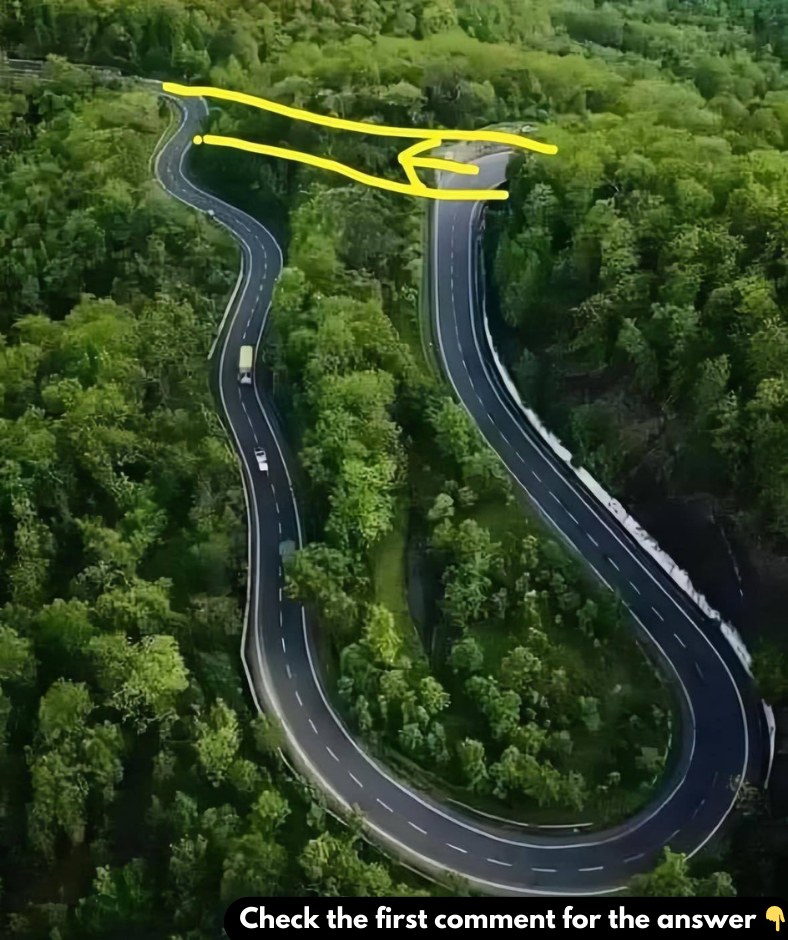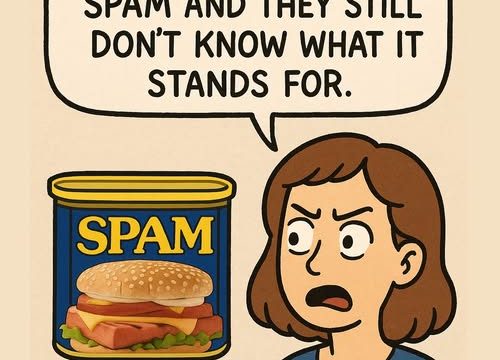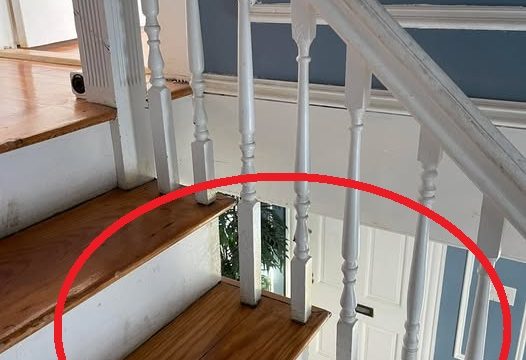When it comes to designing roads, it’s not just about connecting two points in the quickest way possible. While straight, flat roads might seem like the most efficient option, they actually come with hidden risks. Surprisingly, those winding roads with curves and slopes are intentionally crafted to keep you more alert and, in turn, safer.

The Hidden Dangers of Straight Roads
Driver Fatigue on Long Stretches
At first glance, straight roads seem convenient. But they can be deceptively dangerous, particularly when it comes to driver fatigue. These long, unbroken stretches often cause drivers to mentally check out. With no need for constant steering or speed adjustments, the brain tends to go on “autopilot.” As a result, drivers may become drowsy or lose focus altogether.
Higher Risk of Accidents
The monotony of straight roads not only leads to boredom but also increases the chances of accidents. When drivers aren’t actively engaged, their reaction times slow down. In an emergency, whether it’s a sudden traffic stop or an obstacle in the road, that delayed reaction can lead to disaster. Straight roads also give drivers a false sense of security, leading them to speed up and pay less attention to their surroundings.
How Curved Roads Keep You Safer
Mental Engagement with Constant Adjustments
Curved roads, on the other hand, demand attention. Each bend and incline requires the driver to make minor adjustments, whether it’s slowing down or steering more carefully. This constant need for focus keeps the mind engaged, preventing boredom and improving reaction times. Essentially, curved roads keep drivers alert and ready to respond to any sudden changes.
Reducing Driver Fatigue
The regular changes in speed and direction that come with driving on winding roads also help to combat driver fatigue. By keeping drivers actively involved in navigating the road, these routes prevent the drowsiness that can sneak up on long, straight highways.
The Science Behind Road Curves
Balancing Curve Radius and Centrifugal Force
Curved roads are not designed at random; there’s a lot of science behind their construction. Engineers carefully calculate the curve radius and the centrifugal force acting on vehicles. These calculations ensure that vehicles can handle turns safely, even at higher speeds, without losing control. The design creates a balance between excitement and safety, giving drivers a more engaging yet secure driving experience.
Encouraging Safer Speeds
On straight roads, speeding feels almost natural, but that’s where accidents often happen. Curved roads, by their very nature, encourage drivers to slow down. The tighter the curve, the more you’re inclined to reduce your speed, which improves overall control and lowers the likelihood of high-speed accidents.
The Hazards of Straight, Steep Roads
Speed Control Challenges
Steep, straight roads are particularly risky. The lack of curves makes it difficult for large, heavy vehicles like trucks to control their speed, especially when going downhill. Without the curves to help naturally slow them down, these vehicles are at a higher risk of losing control, which can be dangerous for everyone on the road.
Limited Visibility
Another problem with straight roads is that they often limit visibility. Drivers can’t always see what’s ahead until it’s too late. Whether it’s a stalled vehicle or an unexpected traffic jam, sudden hazards are much harder to avoid on straight roads. In contrast, winding roads naturally force drivers to be more cautious, helping them better anticipate and respond to changing conditions.
Why Winding Roads Are the Smarter Choice
Keeping Drivers Alert and Focused
One of the biggest benefits of winding roads is how they keep drivers on their toes. With frequent turns, drivers must remain attentive and responsive, which boosts their overall focus and reaction times. The curves serve as a natural reminder that you need to be fully present and engaged behind the wheel.
Naturally Slower Speeds for Greater Safety
Winding roads also have the added benefit of encouraging slower driving. The curves act as a natural speed regulator, ensuring that drivers don’t accelerate too quickly. This reduces the risk of high-speed collisions, which are more common on straight roads where drivers often let their speed creep up without realizing it.
The Time-Safety Trade-Off
Curved Roads May Take Longer, But They’re Worth It
Sure, winding roads might make your journey a little longer, but that extra time is a small price to pay for the added safety. The slower speeds and heightened attention required to navigate these roads can prevent accidents that are all too common on straight highways.
Balancing Speed and Safety
It’s easy to focus on getting to your destination as quickly as possible, but safety should always come first. Curved roads provide a balance between maintaining a reasonable pace and keeping everyone on the road safer. So, while straight roads might get you there faster, winding roads will help you arrive safely.
Engineering Safer Roads: The Role of Curves
Centrifugal Force and Stability
Engineers carefully design curved roads to manage the effects of centrifugal force, ensuring that vehicles remain stable, even when taking turns at higher speeds. These curves reduce the risk of skidding or losing control, which makes for a much safer driving experience.
Gradual Inclines for Better Control
The combination of gradual inclines and curves also contributes to safer road design. While straight, steep roads can lead to dangerous braking situations, especially downhill, winding roads with gentle slopes allow for smoother, more controlled driving.
Embrace the Curves
In the debate between straight and curved roads, the evidence is clear: winding roads are safer. They keep drivers alert, naturally encourage slower speeds, and reduce the risk of accidents caused by inattention or speeding. Though they may take a bit longer to navigate, the peace of mind they offer is well worth the trade-off.
So the next time you find yourself on a winding road, enjoy the ride. Those curves are there to keep you safe and make your journey a little bit smoother.





